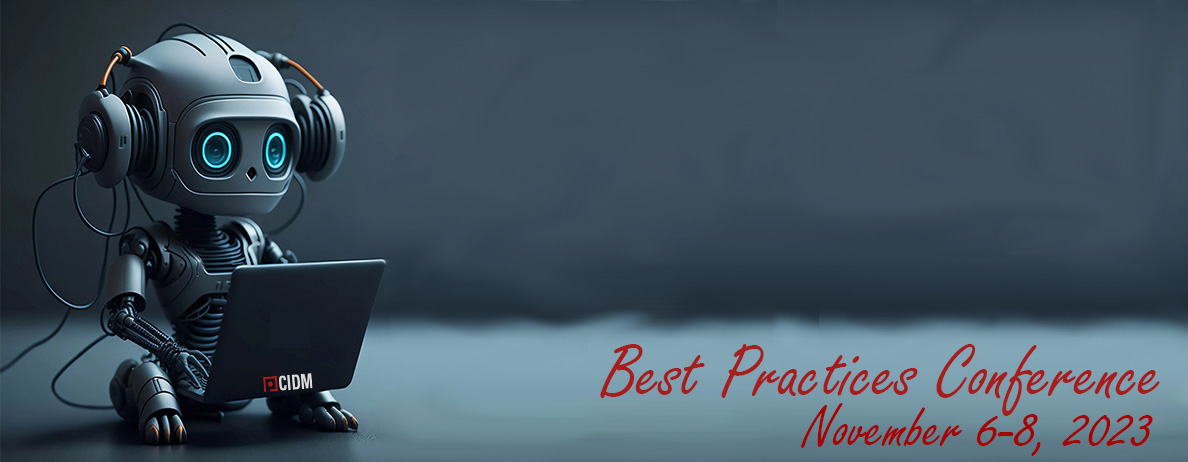Empathy, Metrics, and Action: A recipe for leading teams to success
With every challenge comes an opportunity. That’s what the increasing customer call volume signaled to us. It also spoke about customer dissatisfaction – imagine 37% of the annual call volume is attributed to configuration issues. This was a call to action. After all, User Assistance is the face of the enterprise – we couldn’t afford to spoil that experience.
We put ourselves in the shoes of the customer and evaluated the experience of finding information to complete a task. It was frustrating. We found volumes of information in different places but just not what we needed. We were stuck with legacy guides. Our customers wanted easy to consume topics that answered their questions and met their business needs. If we had to fix this problem, we needed more people. Next step – convince our leaders that we have a solid business case for hiring more writers.
In this presentation, I’ll share how we convinced our leaders with metrics. We went back to the data point that matters the most – dollars we save. We supplemented this with a strategy that would reduce customer calls. We worked with Support to understand pain points, listened to customers and identified areas of improvement. Our solution involved creating content that was built on real-life implementation experience. We knew that getting this right would eliminate a sizable number of customer calls and help us create customers for life.
We created an ecosystem that allowed us to identify actionable insights. We used systems like JIRA to track improvement requests, roadblocks and project planning. This gave us the data we needed to improve our process and talk about the impact we were making. Soon, we had our stakeholders speaking for us. Over time, we not only had the data we needed but we also had a strategy to support content transformation. Today, we combine metrics from our publishing platform, incoming customer call data and JIRA to take sound business decisions. With the additional headcount, we can now prevent issues from surfacing, fix what’s broken, and prepare for the future.
What does the future look like? A content model backed by a solid product taxonomy that’ll allow us to speak the same language and help our customers be agile and successful.
Meet the Presenter

Confirmation Pending
⇐ Return to Agenda
